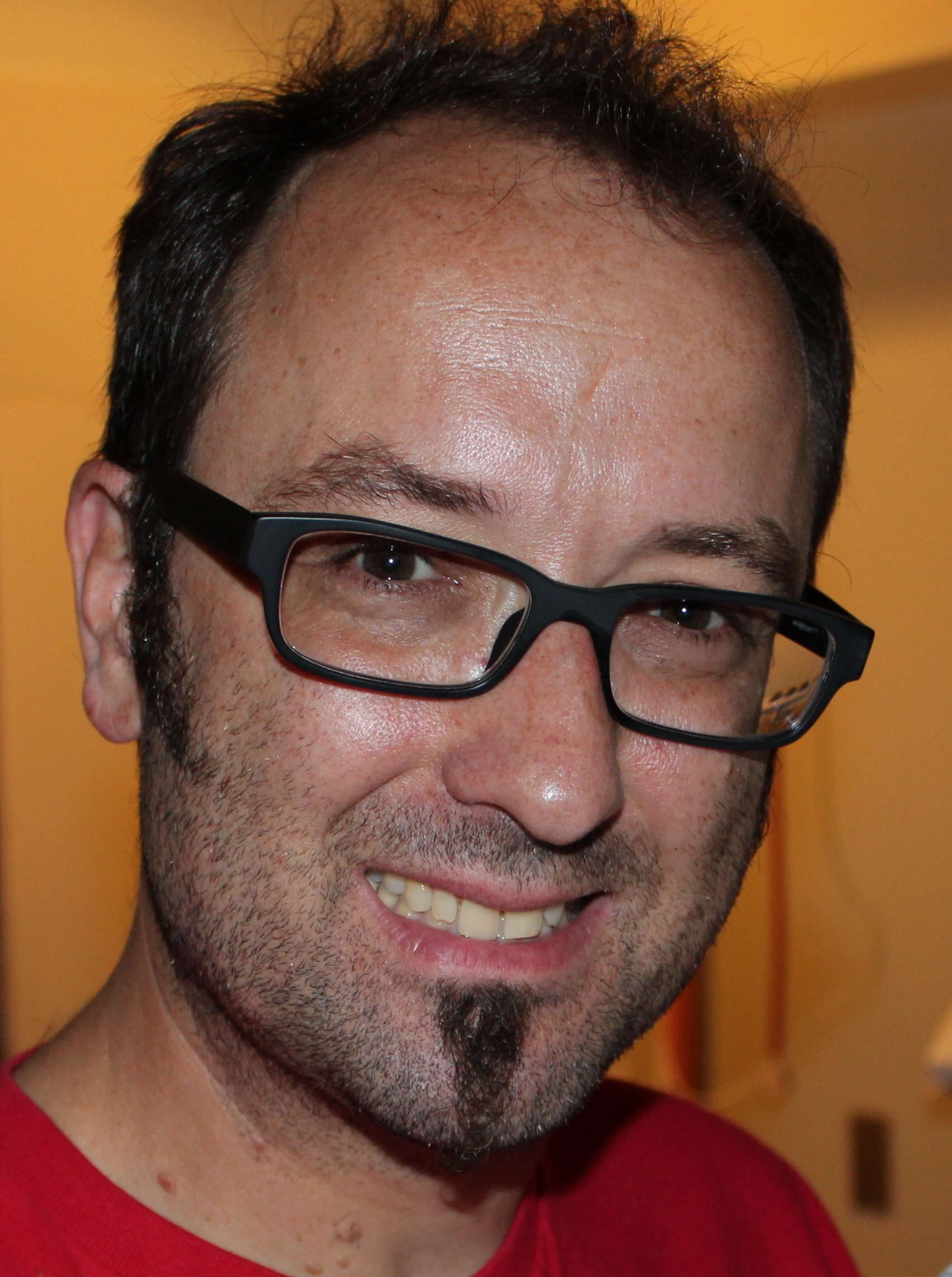Events Calendar
Radiation therapy is one of the primary therapeutic techniques for treating cancer. Nearly two-thirds of all cancer patients will receive radiation therapy. Although largely effective, radiation therapy, like other forms of cancer treatment, has difficulty killing hypoxic regions within solid tumors. Cellular hypoxia is associated with radiotherapy resistance, resulting in the incomplete killing of cancer cells, leading to recurrence and relapse. This project was investigating the potential improvement of radiation treatment by using scintillating nanoparticle which are capable to generate UV photons at the tumor site. These nanoparticles enhance the treatment in two ways: First by down-converting the higher energetic X-rays into lower energetic, softer x-rays, resulting in increased energy absorption at the target region and second by in situ generated UV photons in close vicinity of the cancer cells, to cause direct and oxygen independent DNA damage.
Recent studies showed, that UVC emitting nanoparticles could enhance the biological effects of ionizing radiation in lung cancer cells Cell survival was reduced to 5 % after combined treatment compared to 25 % for radiation alone. Furthermore, hypoxic cells could be radiosensitized to a normoxic level. The nanoparticles were recently improved by co-doping them with Nd to double the UVC emission upon X-ray excitation. The new LuPO4:Pr,Nd nanoparticles also were also smaller (100um) had a more uniform size distribution resulting in improved cellular uptake as fast as 30 min with a maximum at 24 h. The improved uptake and closer distance to the nucleus led to a significant increase in the biological effect. In addition, 3D cell culture experiments were performed in preparation of animal experiments. A tumor sphere size reduction was observed for the combined treatment while radiation alone resulted only is a growth delay of the tumor spheres.
This new treatment combining conventional radiation therapy with UV generating nanoparticles resulted in an improved tumor cell control and could fill an important unmet clinical need, in particular for radiation resistant hypoxic tumors.

Short bio:
Dr Purschke completed in 2005 his PhD thesis about radiation induced DNA base damages at the University Hospital Hamburg-Eppendorf and University of Oldenburg (Germany) and started a postdoctoral fellow ship in the Radiation Oncology Department at MGH continuing his research in the field of radiation induced DNA damage. In 2007, Dr Purschke joined the Wellman Center for photomedicine at MGH where he worked on his own research project to investigate a novel active bystander effect after heat exposure. In 2010 he was promoted to an Instructor in Dermatology and extended is research interest towards a broader translational research. This included the improvement of wound healing and development of clinical treatments for various skin lesions such as vitiligo with the goal to understand the mechanism and to provide new improved clinical treatment alternative for these skin lesions.
In 2015, Dr Purschke started a new research project involving special designed UV emitting radiosensitizer to improve conventional radiation therapy. He received institutional internal as well as external NIH funding (STTR grant) to determine the feasibility of X-ray induced UV emitting nanoparticles in vitro. The fruitful UVC nanoparticle project has already resulted in 3 patent application, 6 peer reviewed articles and 2 scientific awards over the last 5 years. Currently, Dr. Purschke is testing the nanoparticles in 3D cell models before studying them in an animal model.
